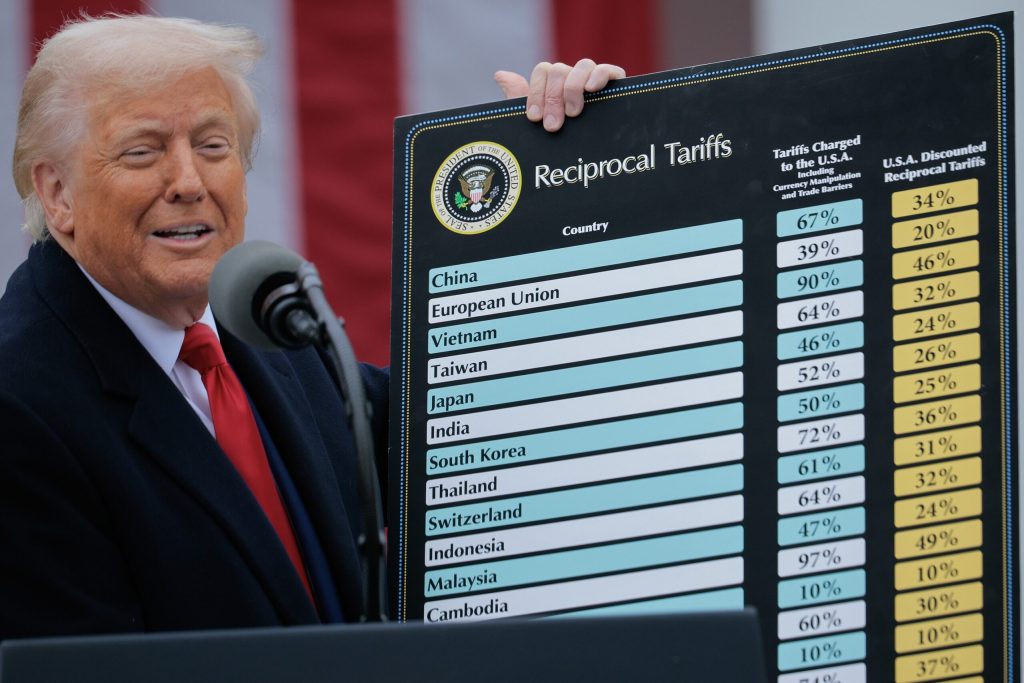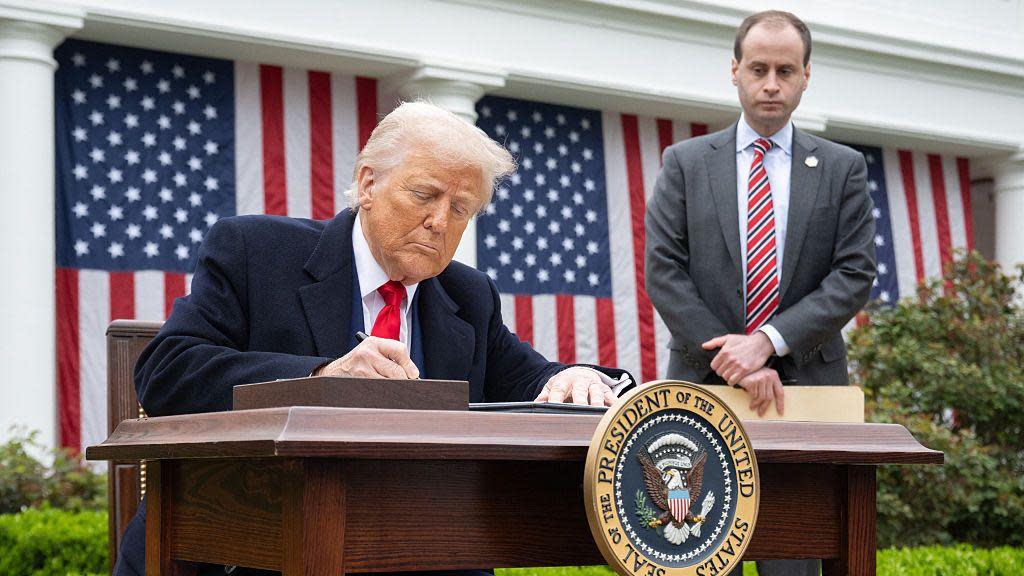President Trump’s new tariffs are causing quite a stir—and not in a good way.
Starting April 5, a baseline 10% tariff will hit all imports, with additional tariffs on specific countries, like China and the European Union, ramping up to 54% and 20%, respectively.
What Does This Mean For Everyday Americans?
According to economist Justin Wolfers, brace yourselves: each U.S. household could see an added $5,000 in costs annually.
Sounds like a punch to the gut, right? But it doesn’t stop there.
With businesses passing on these extra costs, we’re also looking at a 6% increase in the cost of living.
That’s not just numbers on a spreadsheet; it’s real pain for working and middle-class families.
Why Are These Tariffs even Happening?
Trump argues they’re needed to balance trade and protect American jobs.
But Wolfers calls them “evil,” especially when considering the ripple effects on poor countries like Papua New Guinea and Fiji.

It’s clear that Trump’s tariffs have far-reaching consequences.
Will they protect U.S. jobs, or will they isolate America from the rest of the global economy?
Only time will tell, but one thing’s for sure—the price tag is steep.





